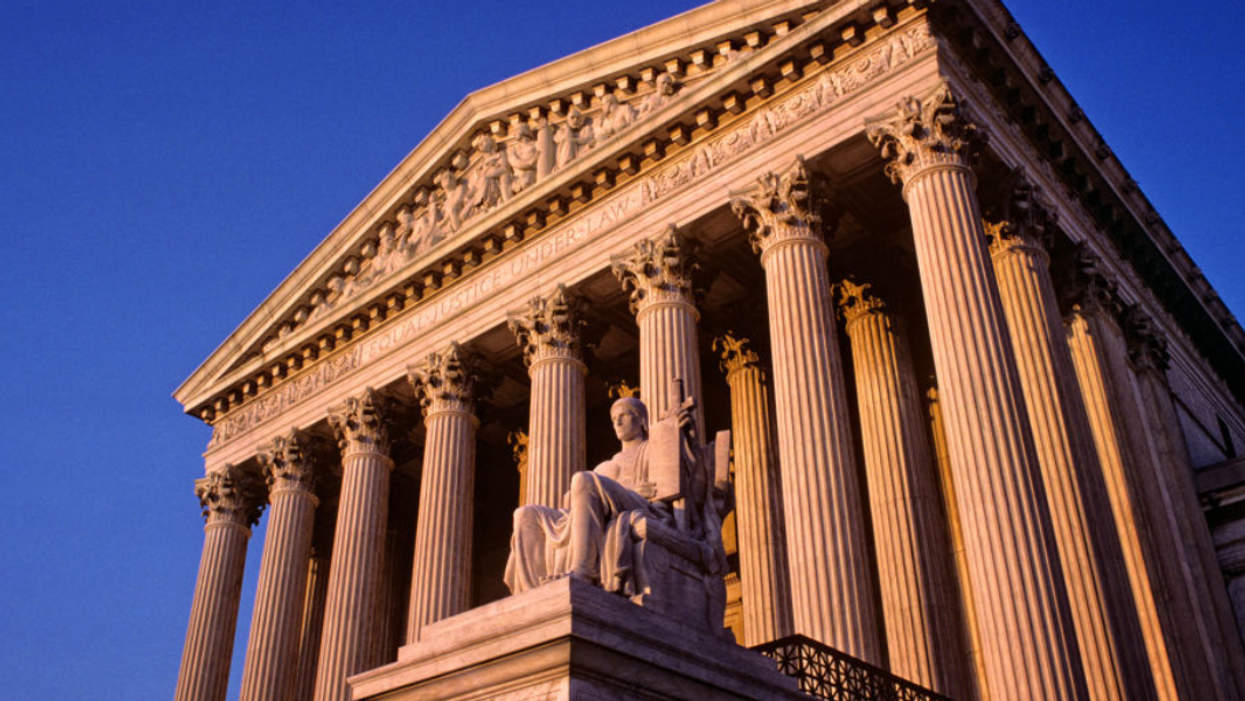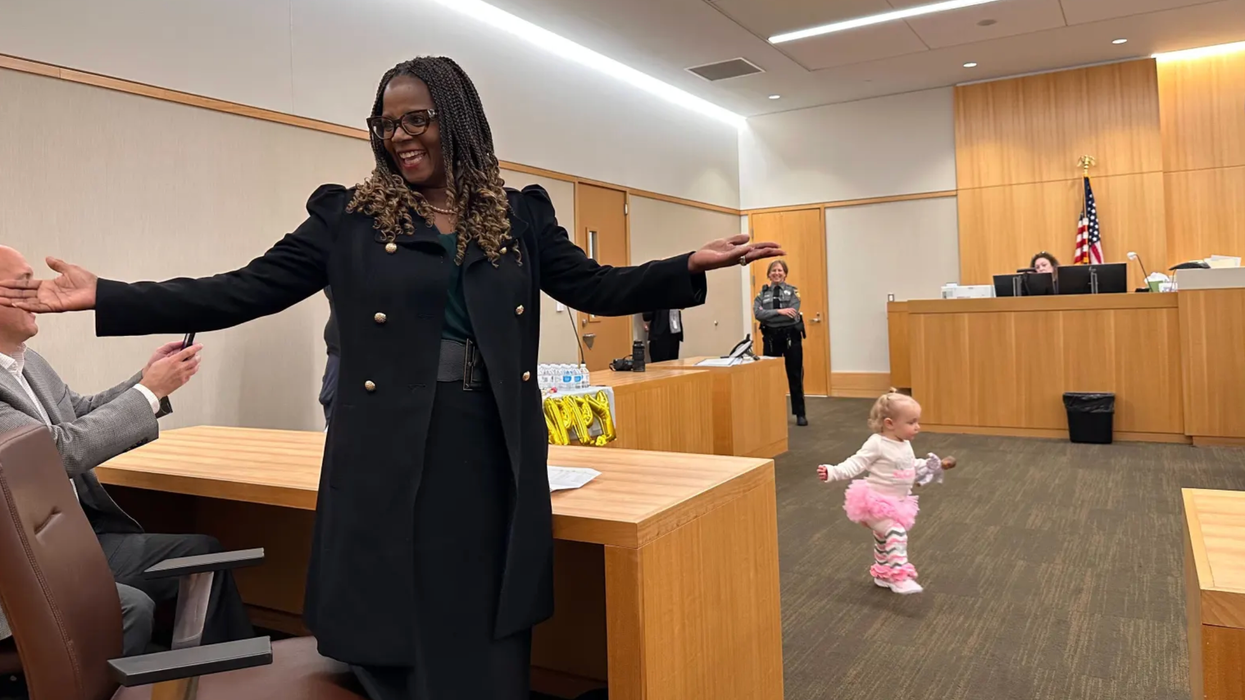William Natbony is an attorney and business executive specializing in investment management, finance, business law and taxation. He is the author of The Lonely Realist, a blog directed at bridging the partisan gap by raising questions and making pointed observations about politics, economics, international relations and markets.
Ronald Reagan famously said, “If you want more of something, subsidize it. If you want less, tax it.” He could have added, “And if you want to further a political agenda, appoint appropriate regulators.”
Regulation is the easiest way to implement partisan policies, and the Supreme Court this term (in Loper Bright Enterprises v. Raimondo) will decide whether regulators indeed should have the final say in broadly or narrowly interpreting laws passed by Congress…, a tug-of-war between partisan policy-making, constitutionalism and market efficiency.
A potentially more consequential legal battle involving the same tug-of-war began in August when the Securities and Exchange Commission promulgated a set of “Private Fund Adviser” rules, leading a coalition of industry organizations that represent hedge funds, venture capital funds, and private equity funds to file suit in Federal court to strike down those rules based on their alleged unreasonableness.
The Loper Bright litigation was brought by a group of commercial fishing companies that challenged a rule issued by the National Marine Fisheries Service requiring the industry to pay for the costs of observers to monitor compliance with fishery laws (at $700/day). The District and Circuit Court decisions applied a seminal 1984 Supreme Court ruling in Chevron v. Natural Resources Defense Council in deferring to the regulator’s interpretation of Federal fishery law. Because the Supreme Court has elected to review the Loper Bright decision, it will be revisiting and potentially overruling Chevron (noting that Justice Thomas has stated that he believes Chevron to be wrongly-decided and that the determination of whether regulations are reasonable should be made by judges rather than regulators).
The Chevron case is precedent for the legal doctrine that public policy decisions are within the Constitutional domain of the Executive Branch and not within the power of the Judiciary. Congress often enacts ambiguous laws and sometimes explicitly directs the Executive Branch to issue regulations to implement those laws. However, commentators have questioned both the right of Congress to delegate to the Executive Branch such an inherently legislative power as well as whether such delegation is Constitutional and whether the final arbiter of “reasonableness” should be the courts or the regulators. Chevron seemingly put those questions to rest, though that was during the Reagan Administration when the belief was that judges were remaking laws based on their own (liberal) political preferences by selectively upholding and striking down regulations and thereby substituting their judgment for the expertise of Reagan Administration regulators.
Whether such presumed “expertise” truly exists is debatable since it is based on appointments made by successive presidents who, by definition, are partisan. In 1984, those appointments had a decidedly Reaganesque bias. In 2023, they have a Bidenesque bias.
In a nation that has flourished under the Rule of Law, clarification of law by regulation is a necessity, providing intelligibility and consistency. However, excessive regulation weakens democracy and, at times, undermines free markets. Regulation by its nature adds complexities that if not administered judiciously constrict freedoms, empower special interests, and impede law enforcement, adding financial costs that siphon away personnel and dollars.
Those are some of the issues presented to the Supreme Court in Loper Bright …, as well as to the Federal courts in National Association of Private Fund Managers et al v. Securities Exchange Commission.
Congress created the SEC to restore investor confidence after the 1929 stock market crash to protect unsophisticated investors, including by ensuring that businesses participating in America’s financial markets make fulsome and truthful disclosures. The combination of comprehensive investor-protection laws and SEC oversight created the confidence necessary to make American markets the global leaders in capital formation, investment management and trading has set the global standard for safety, liquidity and efficiency. It also has made America’s private funds businesses world-leaders, further enhancing the preeminence of America’s financial industry.
Among the reasons for the global primacy of America’s private funds – that is, hedge, venture capital, and private equity – is the principled-based balancing between disclosure, reporting and audit processes, on the one hand, and the requirement that only financially-sophisticated investors may invest in them, on the other. Foundational to private funds’ success has been the absence of systemic abuses, providing strong evidence of an industry subject to an appropriate level of government regulation. Excessive regulation, after all, can stifle growth, distort markets, and drive businesses to alternative jurisdictions. These are among the concerns expressed by the petitioners in National Association of Private Fund Managers, a litigation response to the SEC’s adoption on August 23rd (by a 3-2 vote) of new and amended rules that will significantly impact the private funds industry. The rules are far-reaching – comprising 660 pages – and a material departure from the SEC’s pre-2021 approach of judiciously regulating the industry to ensure that investors are protected without unnecessarily burdening markets.
The new private fund adviser rules are only the latest among an (over-) abundance of SEC rules and proposals that attempt to address perceived deficiencies in America’s financial market regulatory structure, deficiencies that have not manifested themselves in adverse practices or resulted in litigations or enforcement actions. For example, the post-2020 SEC has taken aggressive steps to regulate public companies by adding new disclosure obligations with respect to executive pay, cybersecurity risk, conflict diamonds and climate-impacting actions and policies, excluding cryptocurrency firms from engaging in any form of regulated financial services business and proposing significant limitations on activist funds seeking to influence corporate actions.
There is significant concern that these spate of new regulations are adding unnecessary compliance and consumer burdens that among other things, will create size disadvantages and barriers to entry, all with consequences for America’s markets and the preeminence of its financial services industry. The extent of this concern is manifested by the unprecedented action taken by the National Association of Private Fund Managers, the only instance in which the industry has deemed it necessary to institute litigation.
Both Loper Bright and National Association of Private Fund Managers present the Constitutional question of whether the Executive Branch should have the authority to broadly interpret legislation without clearly-defined judicial guardrails. It is exceedingly difficult in this 21st Century age of complexity for government regulation to be clear and unambiguous. Moreover, it is beyond Congress’s authority, as well as its ability, to micromanage the day-to-day administration of legislation. Underlying the Chevron precedent is the Constitution’s allocation of policy-making to America’s two elected branches of government and not to the judiciary. The question before the Supreme Court in Loper Bright is how far policy-making regulation should be allowed to go. From a purely legal perspective, it is difficult to understand why the Court would reverse 40 years of precedent. On the other hand, the NMFS's fishing boat "tax" of $700/day and the SEC's 660 pages of new private fund rules (especially when added to the SEC’s cornucopia of regulatory proposals) both provide strong arguments against regulatory excess, raising legitimate questions about what, indeed, is "reasonable."


















